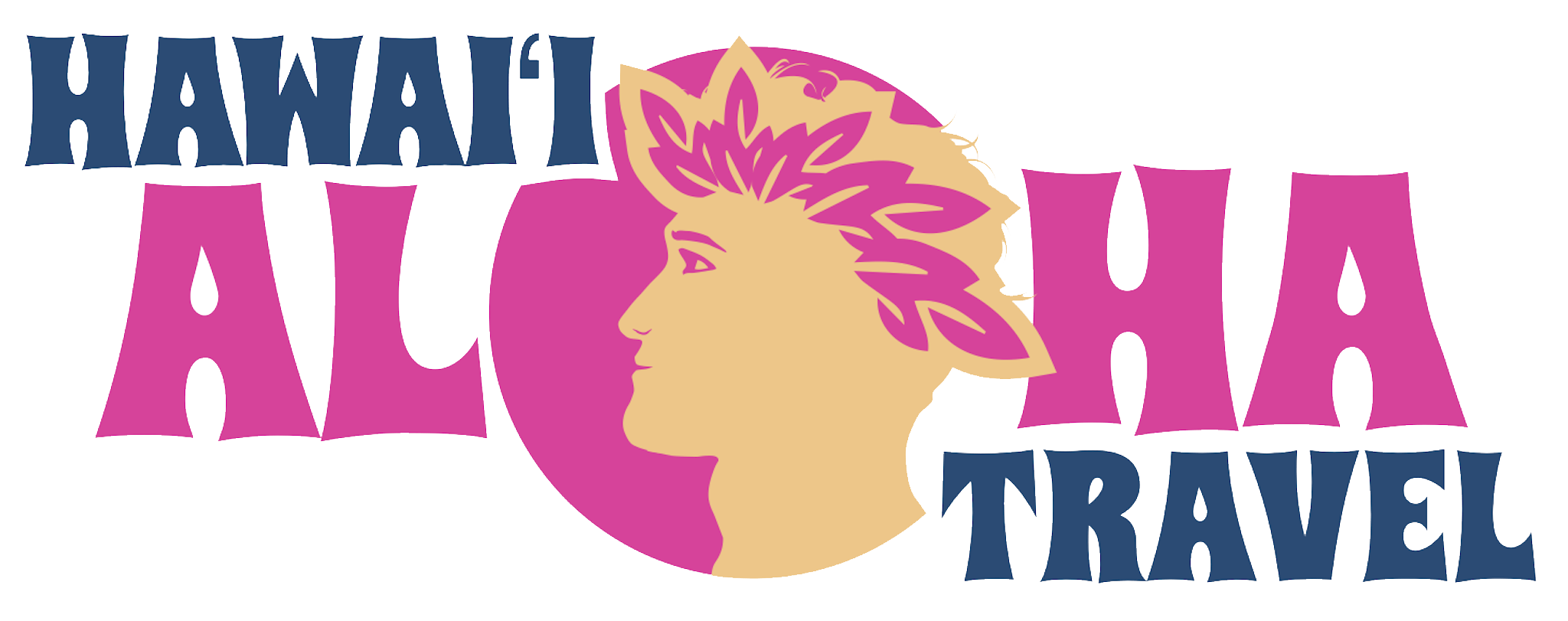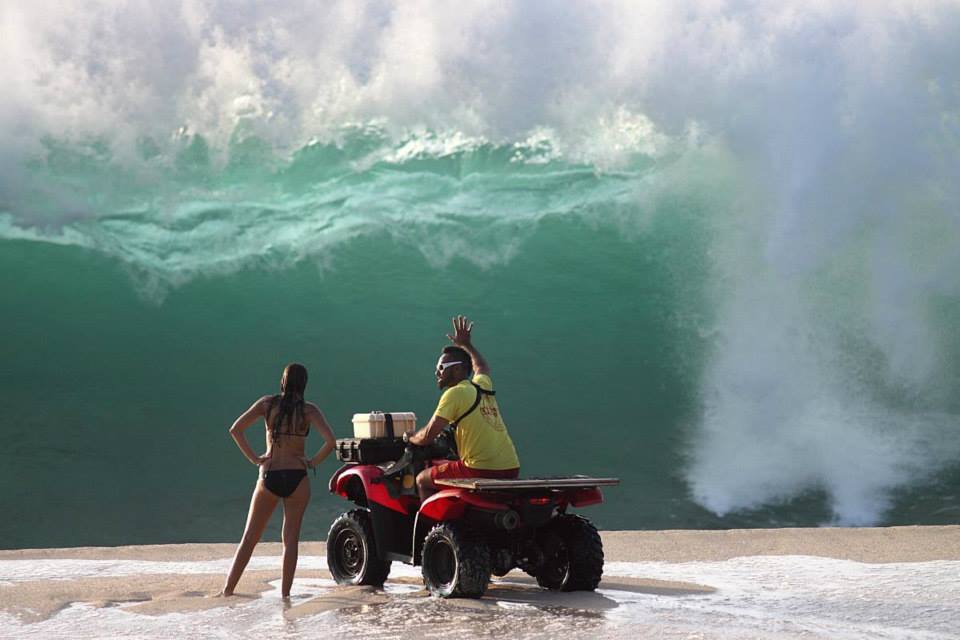We’ve just had a major swell event on Hawaii’s southern shores, so I have to provide some Hawaii vacation safety tips. We’ve seen a series of rescues of imperiled hikers from popular trails. It seems like a good time to remind Hawaii visitors about some simple Hawaii vacation safety tips. Well, one tip, anyway: don’t be reckless.
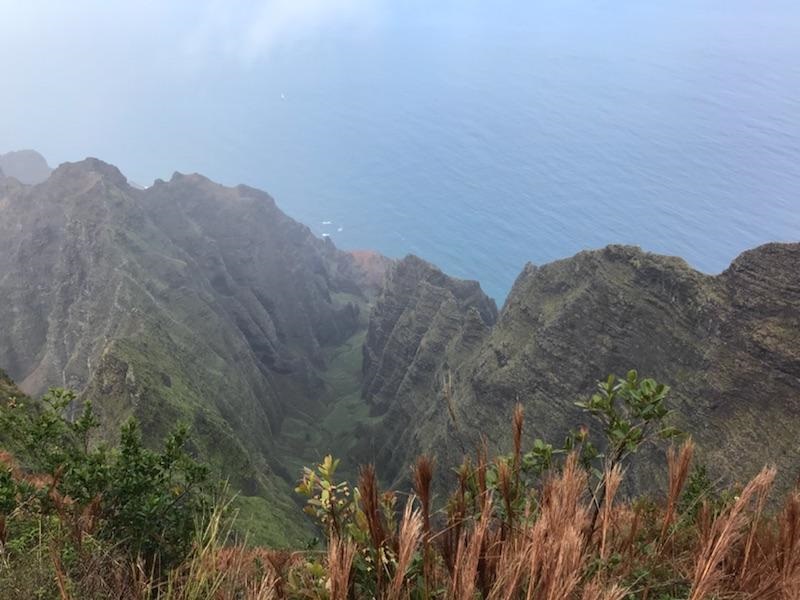
Video of a massive wave swamping a wedding in Kona on the Big Island went instantly viral, along with a clip of a wave cascading over a two-story condominium on the same stretch of coastline. No one was hurt, thankfully, in either video. But the property was damaged, and the potential for human calamity could not have been more evident. These were not “rogue waves”. They were part of a swell event that began deep in the South Pacific a week before, thousands of miles away, and that was documented by swell watchers around the world.
Before the arrival of the historic swell, Hawaii’s Ocean Safety agencies on each island issued warnings about the potential dangers posed by the massive surf. Roads were washed out, homes and businesses were damaged, and even seasoned swell-chasing surfers were gob-smacked by the size and intensity of the waves. Ocean Safety performed thousands of interventions (“Don’t go in the water!”) and rescues (“You’re going to be okay!”). That’s a very good thing: it shows that our water safety teams of professionals throughout Hawaii are the best in the world.
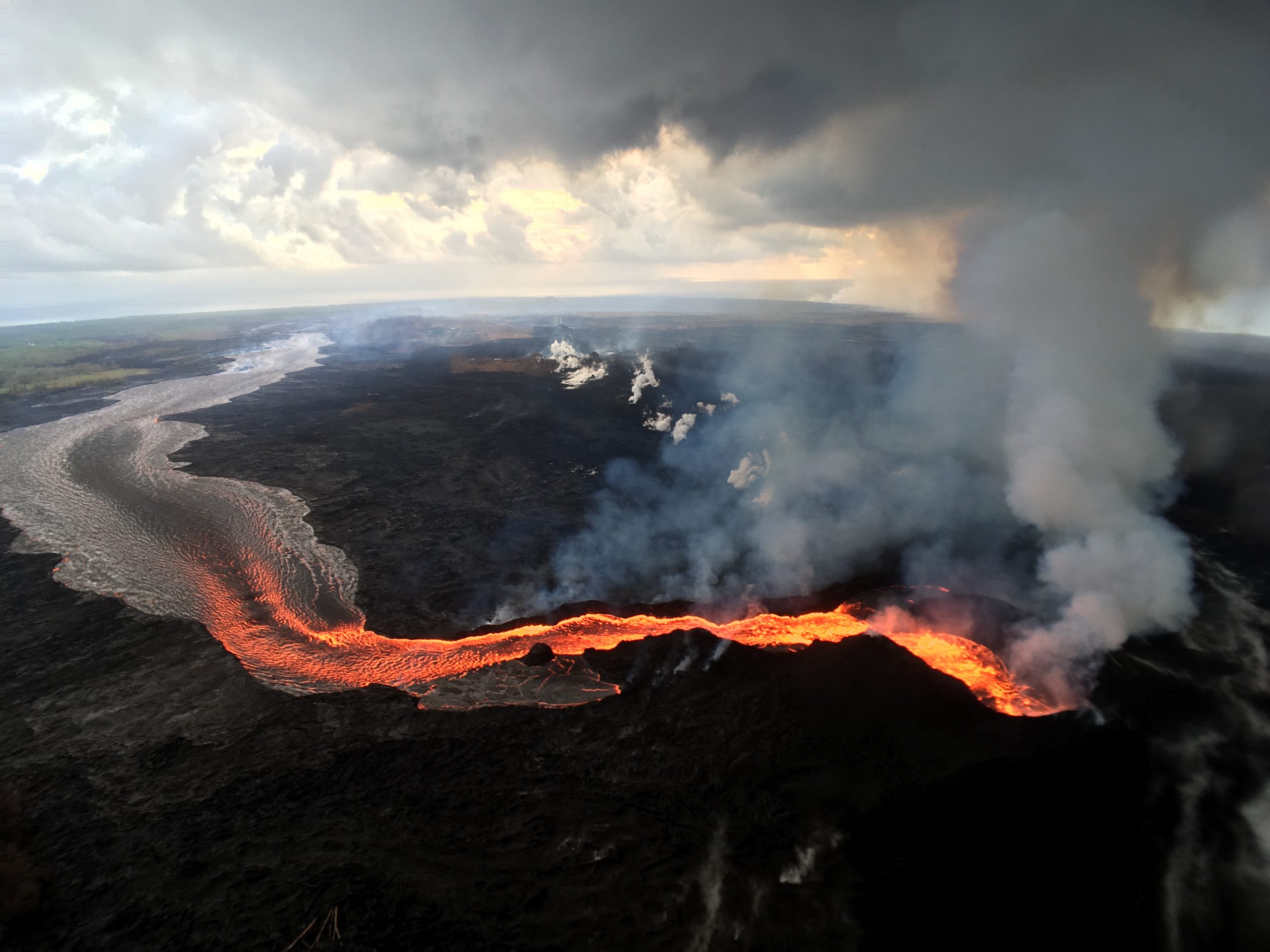
And that is why we will always encourage Hawaii visitors to stick to beaches with lifeguards. We know from personal experience here at the HAT Blog that visitors at unguarded beaches and ocean access points can quickly meet injurious or even fatal consequences for being reckless. “Never turn your back on the ocean” is excellent advice. But it doesn’t help when you’re already in immediate danger, wittingly or not.
“National Park Service rangers rescued a hypothermic family in the Haleakala Crater on Thursday.” That was the Hawaii News Now lede for a story about…a hypothermic family. They were dehydrated, too. A 40-year-old man and his family were unable to walk to safety. Imagine having to explain to loved ones that Dad, or Mom, or Uncle Bob, or Aunt Sue, or Little Cousin Dakota are gone because they froze to death in Hawaii.
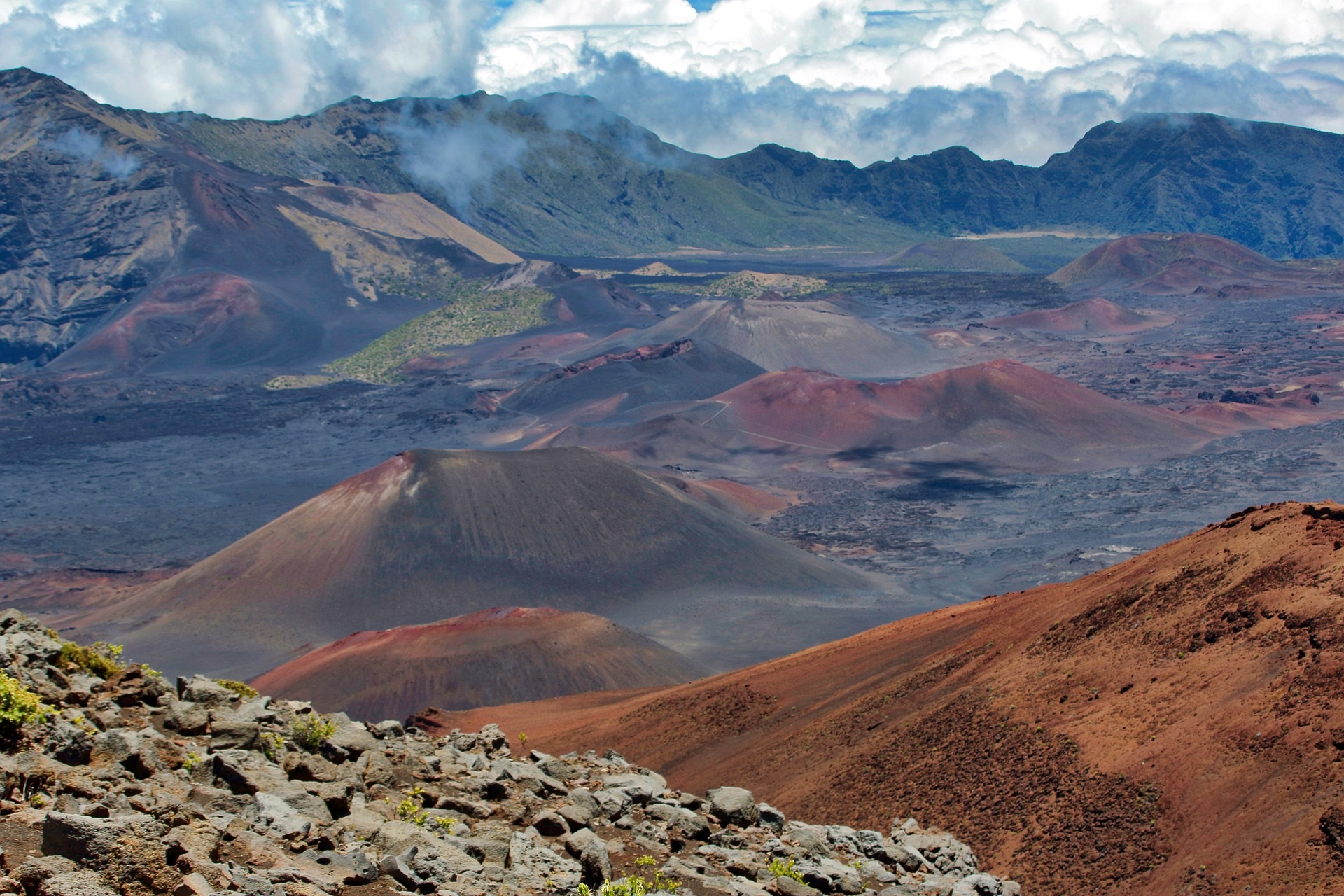
We’re not being flippant here. The National Park Service makes abundantly clear to anyone entering Hawaii’s national parks the potential dangers and hazards visitors may encounter. We’ve written a lot about the subject here in the past. Numerous resources are available to all visitors to keep them safe and avoid unnecessary risks. This humble blogger finds it appalling and inexcusable that an entire family found themselves in mortal danger because “the grownups” failed to heed clear and simple safety protocols offered by park rangers. By doing so, they imperiled the rangers who were there to protect them, too.
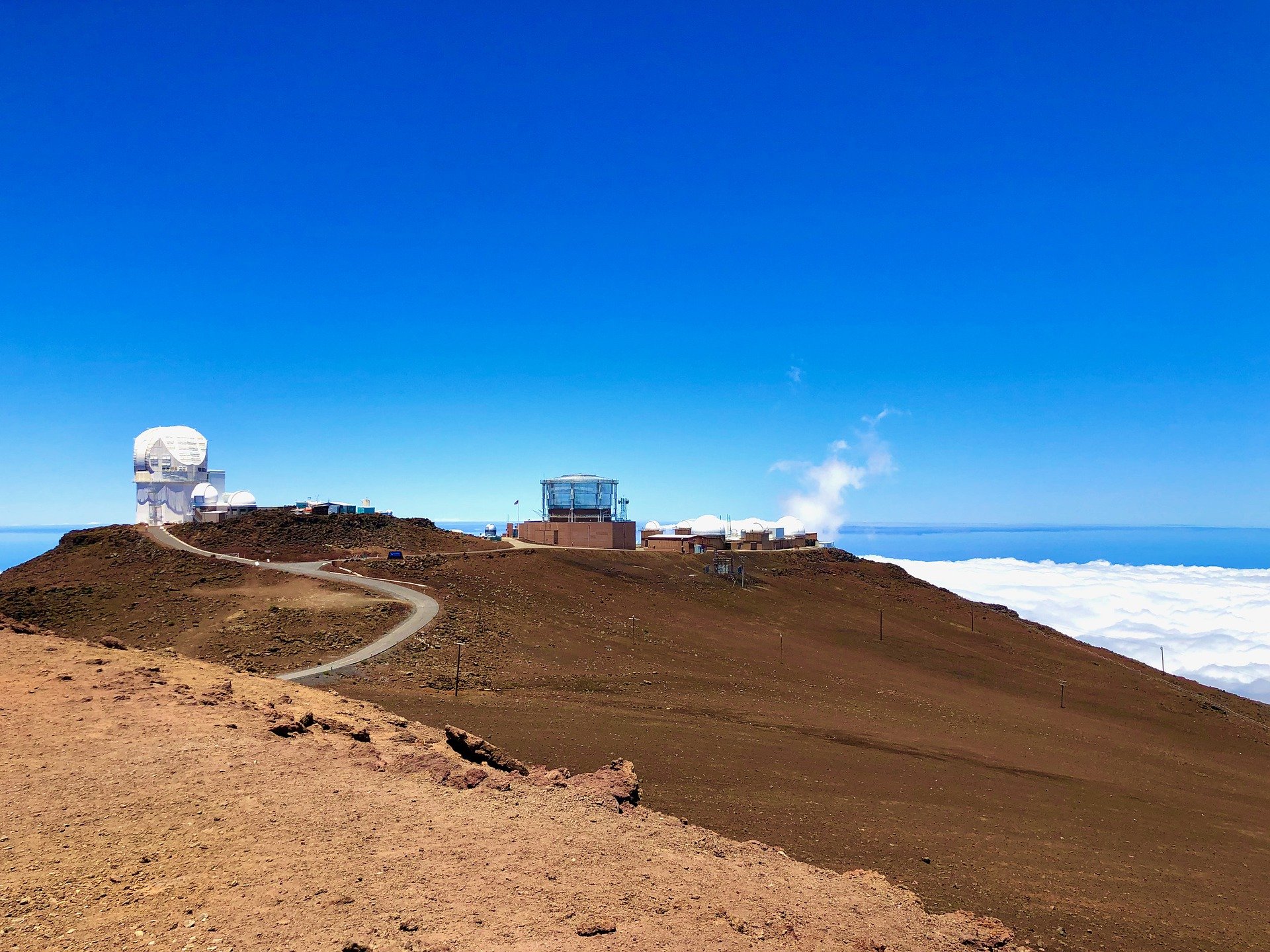
Being a scold is not our intent. We encourage visitors to seek adventure. We celebrate the discovery. We urge visitors to seek out “the real Hawaii.” But not knowing basic, clearly stated safety information or disregarding common sense can have disastrous outcomes. Too often, people don’t realize they’re in danger until it’s too late to reach safety.
Look to the National Park Service, the Na Ala Hele Trails program, Ocean Safety, and other official agencies for the information you need to keep you safe wherever you go before you get there. Hawaii’s natural splendor is boundless. But its beauty can be savage. Talk to experts and do basic research about keeping safe regardless of your planned activities. Be akamai, be smart.
It’s what our experts at Hawaii Aloha Travel are here for.
